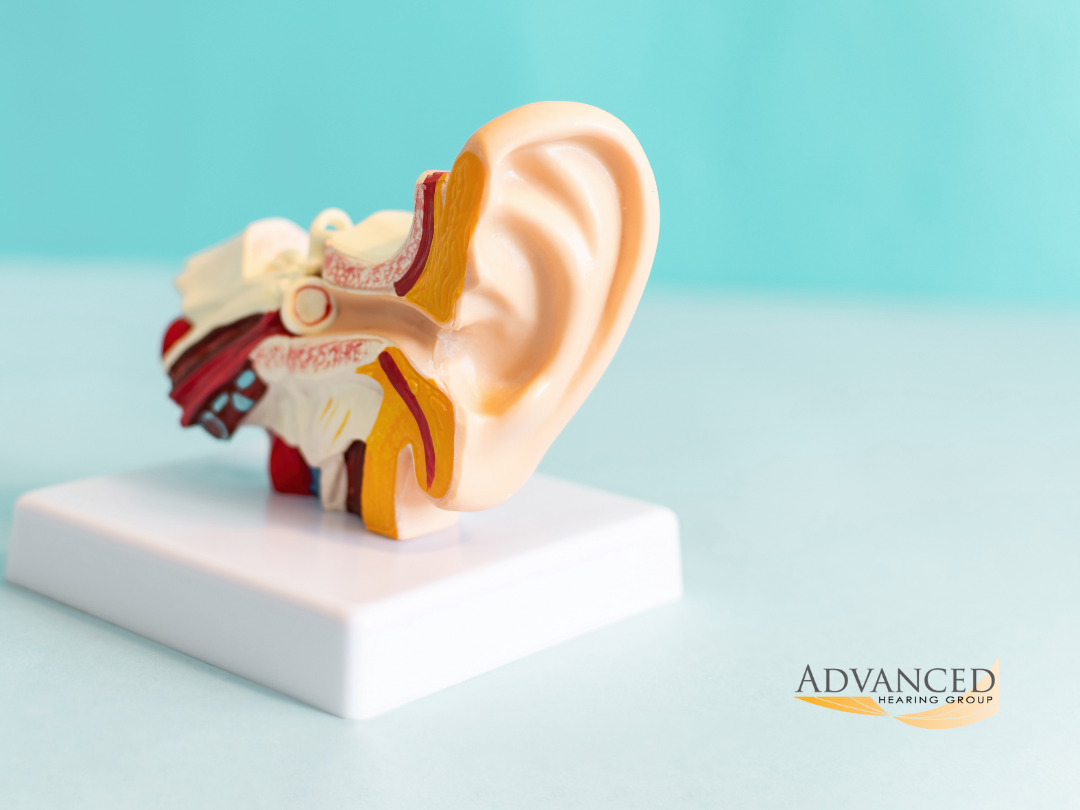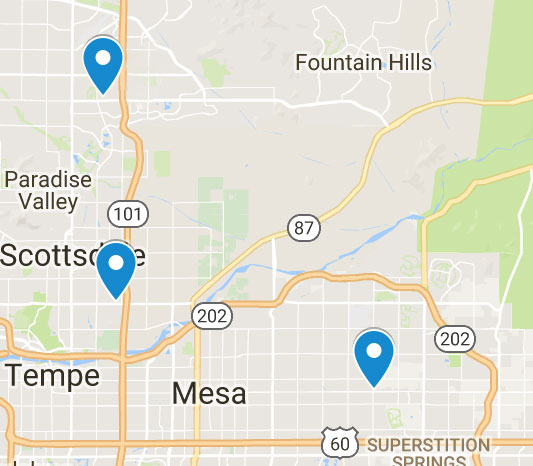
Age-related hearing loss is a common occurrence, but did you know there are other types of hearing loss that can affect people of all ages? Regardless of the severity, like mild, moderate or severe, all hearing loss falls into 1 of 4 categories. Let’s take a closer look at those classifications so you have a better idea of what to watch for.
4 Types of Hearing Loss: Causes and Treatment
1. Conductive Hearing Loss
With the way our ears are structured, sound first passes through the outer and middle ear to the inner ear where it’s transmitted to the brain for interpretation. Conductive hearing loss occurs when sound is prevented from reaching the inner ear for one reason or another. Diagnosis often occurs through the taking of a thorough medical history, administering various hearing tests, or completing a visual inspection of the outer and middle ear.
Common causes of conductive hearing loss include:
- Earwax buildup
- Fluid buildup from allergies or a cold
- Ear infections
- A perforated eardrum
- A structural abnormality
Common treatment of conductive hearing loss includes:
- Medication to treat allergies, an ear infection, or another medical condition causing the hearing loss
- Surgery to correct a structural defect
- Earwax removal to clear an obstruction due to excess earwax
- Hearing aids
- Cochlear implants
2. Sensorineural Hearing Loss
This type of hearing loss affects inner ear function. Unfortunately, sensorineural hearing loss is permanent but that doesn’t mean it can’t be treated.
Common causes of sensorineural hearing loss include:
- Use of ototoxic medications
- Autoimmune diseases or other illnesses
- The natural aging process
- A genetic predisposition to this type of hearing loss
- Structural malformation of the inner ear
- Head trauma
- Repeated exposure to loud noise
Common treatment of sensorineural hearing loss includes:
- Hearing aids
- Cochlear implants
3. Mixed Hearing Loss
This type of hearing loss is just what it sounds like. It’s a mixture of sensorineural and conductive hearing loss, meaning that multiple parts of the ear are affected. Individuals with mixed hearing loss may experience tinnitus, ear pain or pressure, difficulty hearing soft sounds, and challenges understanding speech, among other symptoms.
Common causes of mixed hearing loss include:
- The natural aging process
- Ear infections
- Head or ear trauma, including skull fractures
- Repeated exposure to loud noise
Mixed hearing loss can be diagnosed through:
- Hearing Tests – A thorough evaluation from an audiologist may include one or more of the following tests: audiometry, tympanometry, speech audiometry, otoacoustic emissions, and Weber testing. While each of these tests is different, they provide clues as to the type and degree of hearing loss present.
Common treatment of mixed hearing loss includes:
- Surgery to correct a structural defect
- Hearing aids
- Cochlear implants
4. Auditory Neuropathy Spectrum Disorder (ANSD)
Sometimes, environmental sounds make it into the inner ear just fine. But when they get there, the signal to the brain is interrupted or jumbled. This is known as auditory neuropathy spectrum disorder, or ANSD. Symptoms include not being able to differentiate sounds and having difficulty understanding speech clearly.
Common causes of ANSD include:
- Damage to inner ear hair cells
- Genetic mutations or neurologic conditions
- Damage to the auditory nerve
- A head injury
- Low oxygen prior to or after birth
- Use of ototoxic medications
ANSD can be diagnosed through:
- Otoacoustic Emissions (OAE) Testing: OAE testing measures how well the inner ear, or cochlea, functions. No response is required from the patient so this type of test is ideal for infants or people who are unable to communicate clearly. Otoacoustic emissions testing is often done as part of a newborn hearing screening to rule out hearing loss before a baby even leaves the hospital.
- Auditory Brainstem Response (ABR): ABR testing is another way to measure the inner ear’s function. Electrodes are attached to the skin and brain activity is recorded in response to sounds sent to the patient’s ears through headphones. Like OAE testing, no response is required by the patient.
Common treatment of ANSD includes:
- Hearing aids
- Cochlear implants
- Use of a hearing-assistive technology system
In addition to the treatment methods already mentioned, people with ANSD may benefit from knowing sign language or using visual communication skills for improved understanding of speech.
Treatment for Different Types of Hearing Loss in Mesa and Scottsdale, AZ
The good news is that the average person doesn’t have to completely understand the different types of hearing loss. After all, that’s what hearing professionals like audiologists are for! What you DO need to know are the common signs of hearing loss so you’ll be able to recognize hearing changes in yourself or a loved one when they occur.
At Advanced Hearing Group, we’re committed to helping people of all ages enhance their living through the gift of sound. While a good part of our job is to help people hear better after hearing loss has already occurred, we’re also determined to help people prevent hearing loss whenever possible. That’s why we offer custom hearing protection options and continually educate the public about the dangers of noise-induced hearing loss.
Whether you still have healthy hearing, you’re starting to notice hearing changes, or you’ve been dealing with hearing loss for a long time, we’d love to help. Simply give us a call or schedule an appointment online today. It’s time to hear well and live well!

